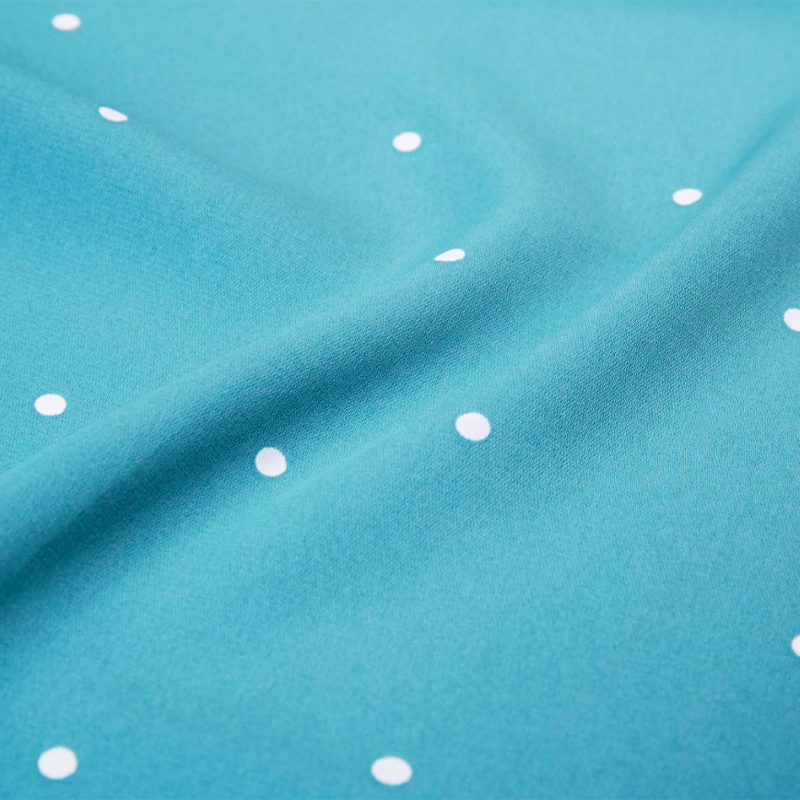The manufacturing process of SPH Clothing Fabric involves several critical steps to ensure the final product meets the desired specifications for quality, performance, and application. Here’s an overview of the key steps involved in the process:
Material Selection
Raw Material Choice: The process begins with selecting high-quality raw materials, which typically include synthetic fibers, natural fibers, or a blend of both. The choice of materials depends on the desired properties of the final fabric, such as durability, moisture-wicking, and breathability.
Fiber Preparation: Fibers are cleaned, processed, and sometimes chemically treated to enhance specific characteristics like strength, flexibility, or moisture resistance.
Spinning
Fiber Spinning: The fibers are spun into yarns through processes such as ring spinning, open-end spinning, or air-jet spinning. This step determines the yarn's thickness, strength, and other mechanical properties.
Yarn Treatment: The yarns may undergo additional treatments to improve their properties, such as coating with functional finishes that provide antimicrobial properties or enhance moisture management.
Weaving or Knitting
Fabric Formation: The yarns are then woven or knitted to form the fabric. Weaving involves interlacing two sets of yarns at right angles, while knitting involves interlocking loops of yarn. The choice between weaving and knitting depends on the desired texture and characteristics of the SPH Clothing Fabric.
Pattern Design: During this step, specific patterns, textures, or structural designs can be incorporated into the fabric to meet aesthetic or functional requirements.

Dyeing and Printing
Dyeing: The fabric is dyed to achieve the desired color. Various dyeing methods, such as batch dyeing, continuous dyeing, or yarn dyeing, may be used. The dyeing process is critical for ensuring colorfastness and uniformity.
Printing: For patterned fabrics, printing techniques such as screen printing, digital printing, or transfer printing are used to apply designs to the fabric.
Finishing
Chemical Finishing: The fabric may undergo chemical treatments to enhance specific properties, such as water repellency, stain resistance, or antimicrobial functionality. Common finishes include softeners, UV protectants, and anti-static agents.
Mechanical Finishing: Processes such as calendaring, brushing, or embossing are used to modify the fabric’s surface characteristics, improving its texture, sheen, or thickness.
Quality Control and Testing
Inspection: The fabric undergoes thorough inspection to identify any defects, such as uneven dyeing, weaving faults, or surface imperfections.
Testing: Various tests are conducted to ensure the fabric meets quality standards. These tests may include checking for tensile strength, colorfastness, abrasion resistance, and breathability.
Cutting and Assembly
Fabric Cutting: The fabric is cut into required shapes and sizes for specific applications. This step is crucial for minimizing waste and ensuring efficient use of the material.
Assembly: The cut pieces may be assembled or sewn together for specific products, such as garments or textile components.
Packaging and Distribution
Packaging: The finished fabric is packaged for shipment. Proper packaging ensures the fabric remains clean and undamaged during transportation and storage.
Distribution: The final product is distributed to retailers, wholesalers, or directly to consumers, depending on the supply chain strategy.
Environmental and Sustainability Considerations
Waste Management: During the manufacturing process, efforts are made to minimize waste and manage it effectively, including recycling scraps and treating wastewater.
Sustainability Practices: Many manufacturers are adopting sustainable practices, such as using eco-friendly dyes, reducing energy consumption, and sourcing materials from sustainable suppliers.
Conclusion
The manufacturing process of SPH Clothing Fabric is comprehensive and involves multiple steps to ensure the final product meets high standards of quality and performance. Each step, from material selection to finishing and quality control, plays a vital role in producing fabric that is suitable for a wide range of applications. This meticulous process helps in maintaining consistency, enhancing functionality, and ensuring the fabric meets specific industry requirements.


.jpg?imageView2/2/format/jp2)
.jpg?imageView2/2/format/jp2)







